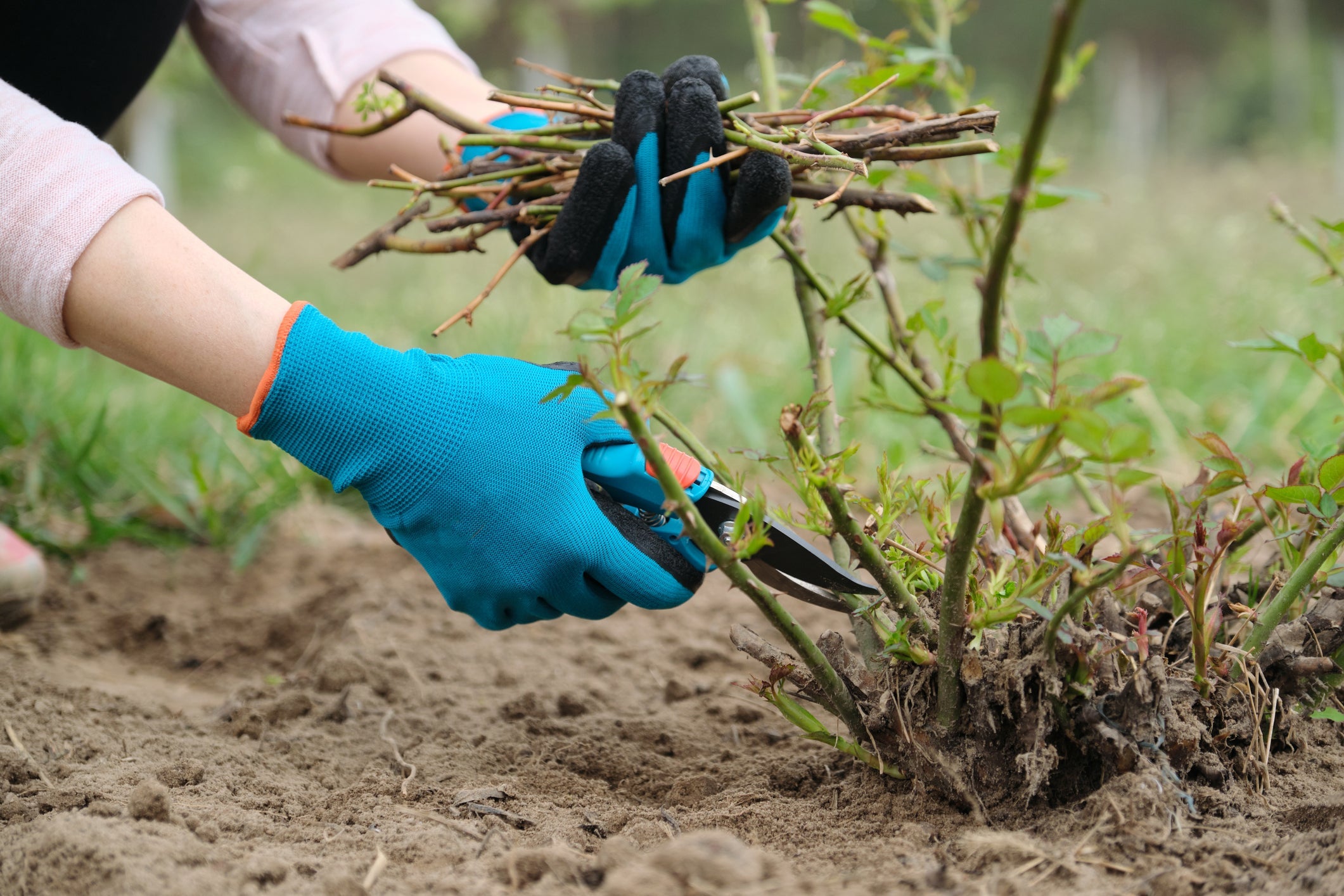As winter loosens its grip and days begin to lengthen, gardeners in the Pacific Northwest know it’s time to turn attention to overwintering plants and start those essential spring cleanup tasks. February is the perfect month to assess plant health, clear out garden debris, and prepare your landscape for the flush of spring growth.
How to Check Overwintering Plants for Damage
Overwintering plants often endure a mix of cold temperatures, moisture stress, and harsh winds, which can cause damage. Here’s how to assess their condition:
- Inspect for Damage: Look for signs of wilting, blackened or mushy foliage, and broken branches. Plants like tender perennials, shrubs, and potted plants are particularly vulnerable to winter damage.
- Perennials: If foliage is limp or discolored, check the base of the plant. Healthy crowns and emerging shoots indicate survival.
- Shrubs and Trees: Examine branches for cracks, dead wood, or disease. Use a scratch test—gently scrape the bark to see if it’s green underneath.
- Potted Plants: For container plants, inspect roots by loosening the soil. Healthy roots are firm and white.
- Assess Moisture Levels: Overwintering plants in containers can dry out despite the rainy season. If the soil feels excessively dry, water lightly but avoid oversaturating.
- When to Cut Back Foliage: Begin cutting back dead or damaged foliage in late February as temperatures warm slightly and new growth begins to emerge.
- For perennials like ornamental grasses and daylilies, trim back dead foliage to 2-3 inches above the ground.
- Prune dead or broken stems on shrubs but wait to shape or heavily prune until early spring.
Spring Cleanup Tips: Preparing for New Growth
Spring cleanup is all about giving your plants room to thrive. Here are essential chores to tackle in February:
- Clear Garden Debris
- Remove fallen leaves, spent annuals, and dead plant material to prevent pests and diseases from overwintering.
- Avoid clearing everything—leave small piles of leaves or debris in non-prominent areas to protect beneficial insects.
- Cut Back Perennials and Grasses
- Trim back perennial plants that were left standing for winter interest, such as sedum or echinacea.
- Cut ornamental grasses close to the base to allow fresh green shoots to emerge.
- Prepare Soil for Spring Planting
- Loosen compacted soil in garden beds using a fork or rake. Avoid working overly wet soil, as this can damage its structure.
- Add organic matter like compost to enrich the soil for the growing season ahead.
- Mulch Around Overwintered Plants
- Apply a light layer of mulch around the base of overwintering plants to regulate soil temperature and suppress early spring weeds.
- Avoid covering the crowns of plants, as this can lead to rot.
- Clean and Inspect Garden Tools
- Sharpen pruners, clean shovels, and replace any broken tools to make your garden chores efficient and enjoyable.
Signs of New Growth: What to Look For
As you care for overwintering plants and clean up the garden, keep an eye out for early signs of life:
- Emerging shoots on perennials like hostas, peonies, and irises.
- Bud swelling on fruit trees, roses, and shrubs.
- Bulbs such as crocuses, daffodils, and tulips breaking through the soil.
If you notice these indicators, it’s a clear sign that your garden is waking up and ready for its next chapter.
February gardening chores, including overwintering plant care and spring cleanup, set the stage for a vibrant and healthy garden. By inspecting plants, clearing debris, and preparing the soil, you’re helping your landscape transition seamlessly into the growing season. Remember, early attention to these tasks will reward you with lush, thriving plants and a garden that flourishes all year long.

Thank you for the information above.
How should I be preparing my grass during this time?
I do have some moss growing in it in the front yard.
Leave a comment